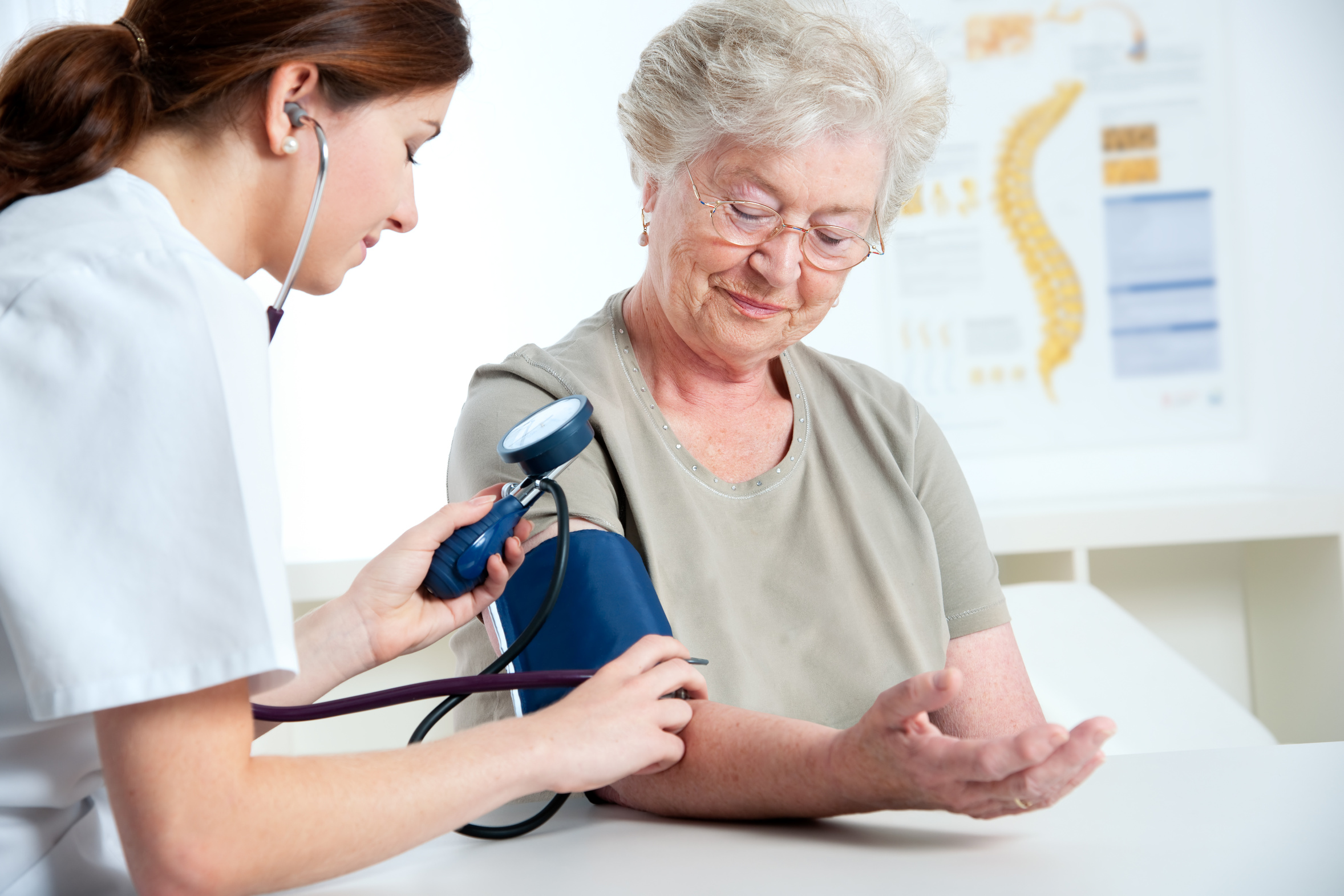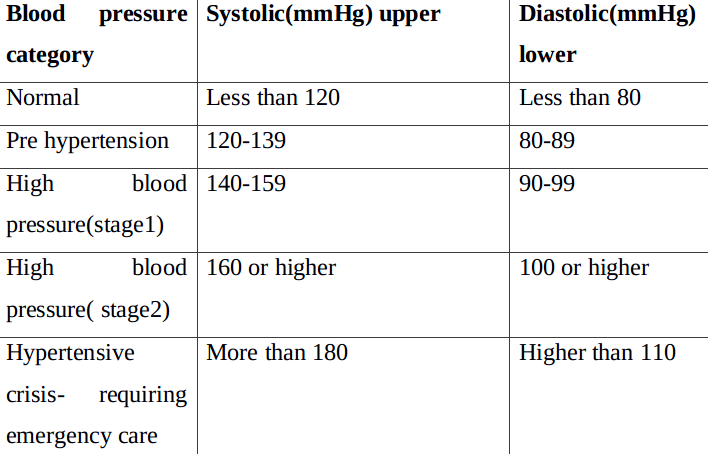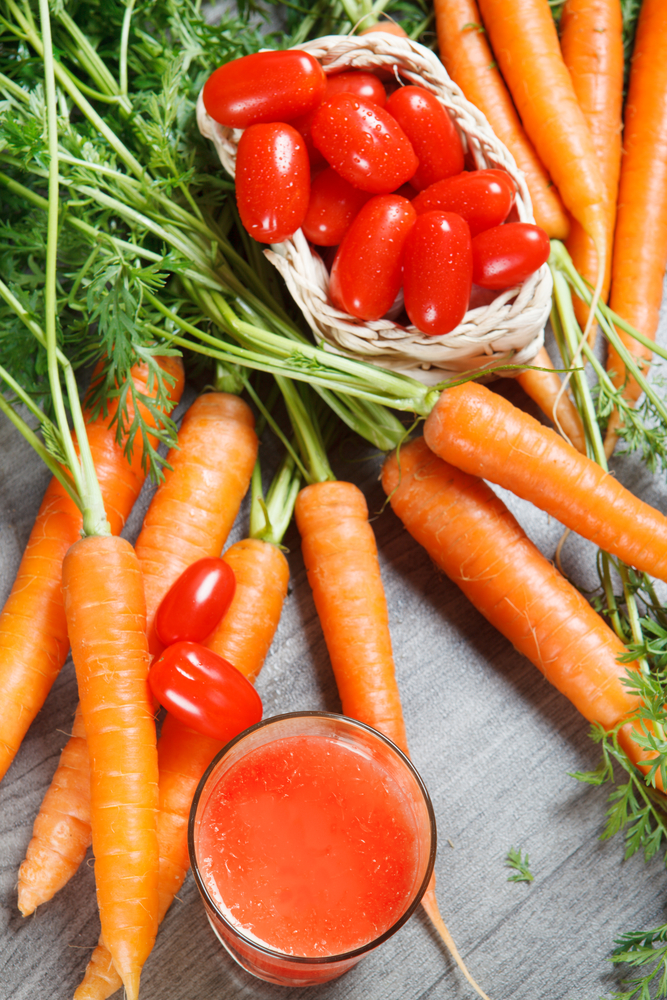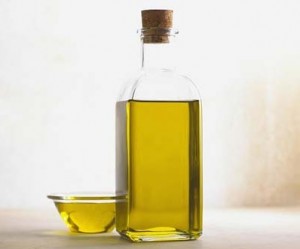When the heart beats, blood is pumped around the body to provide oxygen and energy requirement. Blood pressure is basically a measure of the force used by the heart for pumping blood around the body. When the blood moves, it start pushing against sides of blood vessels. The measurements recorded during heart beat could suggest:
- The pressure is highest when the heart pumps blood through the arteries and around the body, which is called systolic pressure
- The pressure is lowest when the heart is resting before it starts pumping blood again and is called diastolic pressure

Blood pressure is measured in terms of millimetres of mercury. The readings are given in number form or levels in which systolic reading precede diastolic reading. If the systolic reading is 120mmHg and 80mmHg is diastolic reading, the blood pressure will be 120/80. High blood pressure is called hypertension and low blood pressure is hypotension.
Blood pressure chart defined by American Heart Association is tabulated below:

Detailing high blood
High blood pressure is one of the serious conditions that may lead to coronary heart disease, heart failure, stroke, kidney failure and other health issues. The study says that about 1 in every 3 adults in United States suffers from High blood pressure. Hypertension can show no signs and symptoms and one does not even realise after getting it. If the blood pressure is high, treatment can be done to prevent damage to body organs.
What causes High Blood Pressure?
There are some factors that may cause an increase in blood pressure:
- High salt intake or salt sensitivity can cause hypertension, occurring in elder people, African Americans or people who are obese and have kidney problems.
- Having abnormality in the arteries can result in an increased resistance in the tiny arterioles. The condition occurs in people who are obese with less exerise and high salt intake.
- Hypertension is sometimes heredity. The chances usually increase if one of your parents already has high blood pressure.
- High blood pressure can be divided into primary and secondary depending upon the cause.
Primary hypertension
There is no single cause but some factors can contribute to primary hypertension like:
- Smoking
- Obesity
- Drinking alcohol
- Lack of exercise
- Consuming salt
Secondary hypertension
Around 5 in 100 people developing high blood pressure get secondary hypertension. The causes include:
High blood pressure symptoms
High blood pressure may not show any symptoms, and that’s why it’s considered a silent killer. Sometimes people face symptoms like:
- Headache
- Shortness of breath
- Having blurred vision
- Feeling dizziness and tired
- Nausea
- Feeling pulsations in neck and head
Signs of high blood pressure usually do not occur but one must get his blood pressure checked after every five years. Heart has to work hard to pump blood in the body which may weaken its functioning. Increased pressure may result in damaged and blocked arteries walls, leading to cardiovascular diseases.
How to reduce blood pressure?
The systematic plan for low blood pressure includes proper medications prescribed by doctor and a diet to be followed along with exercise.
Blood pressure medication
Medication for hypertension is divided into five main classes which includes various types in each class.
- Angiotensin converting enzyme inhibitors are used to reduce the amount of chemical made in the bloodstream known as angiotensin 2. Various types of ACE are: Captopril, Cilazapril, Perindopril, Ramipril, Fosinopril and Trandolapril.
- Angiotensin receptor blockers include: Candesartan, Esprosartan, Irbesartan, Losartan, Olmesartan and Telmisartan. They are helpful in blocking the effect of angiotensin 2 on blood vessel walls.
- Calcium channel blockers provide a relaxing effect on the blood vessels. Various types are: Amlodipine, Diltiazem, Felodipine, Verapamil, Lacidipine and Nicardipine.
- Water tablets can be used which are called diuretics that work on increasing the amount of salt and fluid passing in the urine. It aims at reducing fluid in circulation that reduces blood pressure. A low dose of water tablets is required to treat high blood pressure.
- Various types of beta blockers include: Acebutolol, Atenolol, Metoprolol, Pindolol, Oxprenolol and Sotalol. Beta blockers are good in treating angina and other conditions.

Foods that lower blood pressure
One can follow Dash diet to lower blood pressure and prevent heart diseases which are recommended by the American Heart Association and The American College of Cardiology. DASH means Dietary Approaches to Stop Hypertension. The diet is really essential to prevent high blood pressure. It encourages reducing sodium content in the diet and eating foods that are rich in nutrients like potassium, calcium and magnesium. The diet would help to reduce blood pressure in just two weeks.
- The dash diet emphasizes on eating vegetables, fruits and low fat dairy products. One should consume moderate amounts of whole grains, poultry, fish and nuts. In the standard dash diet, one can consume 2300mg of sodium in a day, whereas in a lower sodium dash diet 1500mg of sodium is recommended.
- One can eat fish and legumes, but red meat, sweets and fats should be less in amount. Dash diet is quite low in saturated fat, cholesterol and total fat.
- One should focus on whole grains because it contains more fiber and nutrients. Grains include bread, pasta, cereal and rice in which one serving of grains contain 1 slice whole wheat bread, 1ounce, dry cereal and half cup of cooked cereal, rice or pasta.
- Vegetables should be taken as 4-5 servings in a day. Tomatoes, carrots, broccoli, sweet potatoes and all green veggies are full of fiber, vitamins and nutrients.
- Fruits should be consumed 4-5 times in a day. They are also rich in fiber and low in fat except avocados and coconuts. Have fruits either with meal or as a snack. Try to leave edible peels. Peels of apples and pears are rich in nutrients and fiber. If you try canned juice or fruit, avoid sugar in it.
- Milk, yogurt, cheese and other dairy products are rich in calcium, vitamin D and proteins. They should be taken 2-3 times in a day and consume dairy items which are low in fat or fat free.
It is important to reduce sodium while following a dash diet. One can reduce sodium by:
- Try to use sodium free spices in food instead of salt
- Avoid salt while preparing rice, pasta or hot cereal
- Rinsing canned food to remove sodium
One can also buy foods which are labelled as no salt added, sodium free or very low sodium. There should be restriction on salt because one teaspoon of salt contains 2300 mg of sodium and 2/3 teaspoon has 1500 mg of sodium.
Foods to avoid in high blood pressure
- Canned chicken noodle soup- Canned chicken soup is extremely tasty but it contains 880mg of sodium in a single serving.
- French fries- Many fast food chains cook fries in Trans free oil but french fries contain large doses of fat and sodium.
- Donuts- Donuts are delicious and tasty but they are not good for health and body. A single donut has 200 calories and 12 grams of fat. High blood pressure diet must be followed to prevent hypertension. Other food items containing fats and sodium include: alcohol, sugar, margarine, red meat, frozen pot pies and whole milk.Also Read: 10 Secret Ways to cut back on Sugar
Final words
One must not forget that a diet must be followed along with regular exercise. Exercise makes the heart stronger, thereby pumping more blood with fewer efforts. This results in less force on the arteries, thereby reducing blood pressure. So, always follow a healthy diet, take medications to lower blood pressure and regularly exercise for a disease free life.
Also Read: Heart Attack- Know the risk
If you found this article helpful, please share it with your friends. Also, use the boxes to post comments in case you have any health concerns.
Get useful health tips and remedies regularly, on your Facebook feed.





